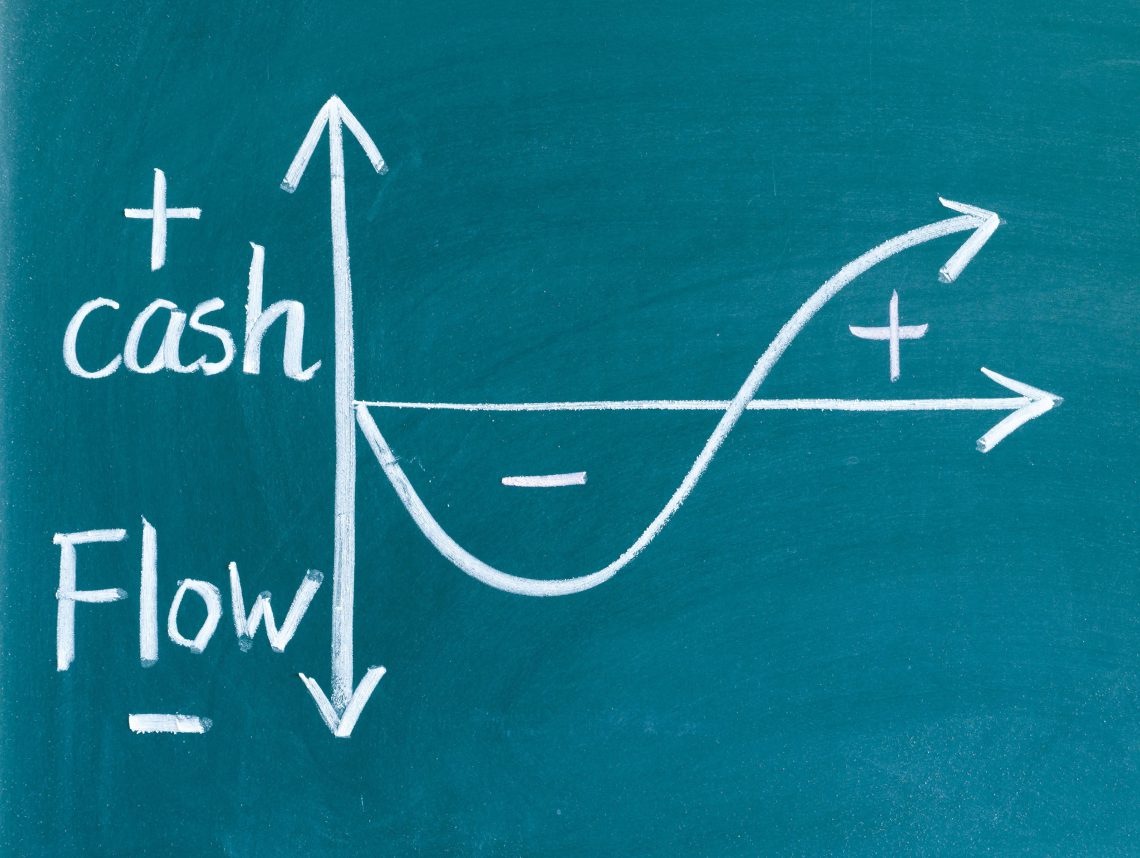Introduction
In this third paper in our four-paper series on an approach to cash flow planning/forecasting, we take the six elements we discussed previously and look at how to create plans and forecasts that suit your needs. Refer to the first paper The comfort level of cash – we all have one, but what is yours? for a discussion on the distinction between planning and forecasting.
Now, let’s take all we’ve learned about the six elements of cash flow and learn how to combine them into a forecast that suits your business.
Timeframes
There are a number of ways to approach cash flow planning and forecasting. For those businesses that aren’t in the habit of cash flow forecasting, they are forced into short-term forecasting at the last minute. If it’s part of your business management process (and it should be), you’ll know that you can avoid panic and act according to the situation – you are in control of your business, which is what cash flow forecasting is all about. Let’s look at the various forecasting timeframes.
Short Term
Short-term forecasts should be reasonably accurate as there is less speculation involved around transactions. Unless something completely unexpected happens (refer to the discussion on scenarios below), then you should have a good understanding of your transactions. If you don’t, going through the exercise of working with the six elements will give you that understanding.
Weekly, monthly, and quarterly. This lets you keep on top of current and known/expected events. Knowing movements on a daily basis is the best and most detailed way to plan cash flow.
Rolling 12-month forecasts. Most recurring short-term transactions have at most a 12-month cycle – annual income tax, workers’ compensation & insurance, for example, and a lot have a half-yearly or quarterly cycle, such as tax instalments. With a rolling 12-month forecast, you’ll always have these transactions allowed for – you can’t afford to miss them!
If you do only one cash flow forecast in your business, it should be a rolling forecast.
Payables & Receivables. Consider these on an individual basis where possible, and the impact of changes to expected payment/receipt dates. The previous papers spoke of the uncertainty around differing scenarios (see discussion below), and even for short-term forecasts, it’s good practice to work with a number of feasible scenarios. This is particularly the case where you are relying on receipts from customers/clients and there’s uncertainty around when these will be received, in what amounts, and the like.
For all short-term forecasts, you should have a daily cash balance available to you. A model giving you weekly or monthly balances only will not be enough, particularly in times of tight cash flow – it will hide peaks and troughs in cash flow which you need to be aware of. This is illustrated in another article of ours, Cash Flow, Comfort Level of Cash, & Profit.
Long Term
Whilst more speculative than short-term forecasts, these are important in order to give you an idea of how element 6 – long term inflows and outflows can be used.
3 – 5 year forecasts. These give an idea of when big (long-term) transactions can take place (both cash surpluses and deficits), so you can prepare for these to happen and make adjustments to activity accordingly.
Scenarios for long-term forecasts can make cash balances vary wildly, so it’s essential that all assumptions underpinning all scenarios are documented and understood. Let’s look at scenarios now.
Other Things to Consider
Scenarios
We’ve mentioned these a few times already. Scenarios are important as the future is too uncertain to have only one view of it. You need to consider all feasible possibilities so that you can ensure you have everything in place to deal with or take advantage of all of them.
At the very least, plan around “Expected,” “Best-Case,” and “Worst-Case” scenarios. You need to see the variability around your business and what factors influence this, particularly around customer/client receipts.
Start with your “Expected Case,” and use that plan as a basis for the other scenarios. “Expected Case” is simply what you honestly think will happen and why.
Business Unit Planning
It can be far easier to understand and forecast if you do it for each individual part of your business. It’s common to do this for profit and loss budgeting and reporting; there’s no reason to exclude this level of analysis from a cash flow perspective. After all, not only will you have better profit contributors to your business amongst its units, but also better contributors from a cash flow perspective as well. And they may not be the same good performers (they generally will be). Regardless, you need to identify these and not only plan but forecast at the unit level as well.
Depending on your business, this will mean breaking up your cash flow plans into projects, sites/stores, or operating divisions.
Finally, you need to consolidate/merge these unit plans into an overall plan; you need to see the big picture as well as its components. Getting the big picture will be easier by starting with the individual units.
Compare to Actuals
Just like comparing actual to budgeted profit & loss, do the same for cash flow. This will tell you the parts of your business that have the biggest impact on cash flow and those that are the most susceptible to changing conditions.
Comparing actual cash flow to planned/budgeted cash flow will tell you where you are tracking well and where the gaps are. Remember that profit and cash are two different things as discussed in our last paper, Elements 4-6 of Cash Flow.
Maintain the Discipline – Constantly Review!
If there’s one thing you must stay on top of, it’s cash flow movements. No cash – no business!

In case you missed them or would like to read them again, our first paper in the series The comfort level of cash–we all have one, but what is yours? is available.
This is followed by An Approach to Planning & Forecasting Cash Flow which discusses taking the six elements and using them to produce the cash flow plans and forecasts that your business needs.
Finally, Cash Flow, Comfort Level of Cash & Profit discusses the important distinction between cash and profit and why you need to understand this in the context of your comfort level of cash.
CashFlowMapper is a cloud-based cashflow forecasting tool designed so you can understand and take control of your most important asset – cash!
Ideal for advisors, business owners, or finance professionals.




